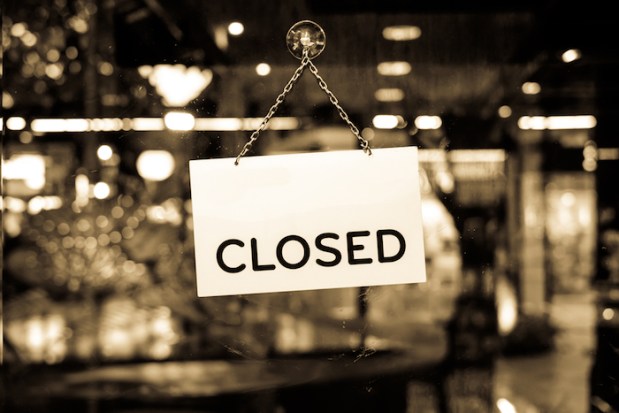Mall Operators Continue To Struggle With Store Closures

Things are looking somewhat better for Simon Property Group than segment watchers were expecting, as revenues clocked in at $1.4 billion, edging ahead of the consensus estimate of $1.38 billion, according to news from Retail Dive. The group, which owns much of the nation’s mall real estate, reported occupancy rates stood at 94.6 percent as of March, and the base minimum rent per square foot rose 3.2 percent.
All in, sales per square foot were up 4.2 percent, although CEO David Simon did mention in a conference call with investors that the figure may be weaker than it should be, as a “significant number of retailers” are deducting returns of online sales from their reported store sales figures.
The earnings announcement comes as mall operators are trying to reboot in an era when the department store is no longer the anchor tenant of choice at many locations and brands like Macy’s and JCPenney continue to shutter brick-and-mortar stores.
CBL (another mall operator) warned last week that Q2 would be a particularly weak point in a weak year.
“While disappointing, we were not surprised with the outcome of the Bon-Ton bankruptcy,” CBL CEO Stephen Lebovitz told analysts, according to a transcript from Seeking Alpha. Lebovitz noted that his company had incorporated “a potential [Bon-Ton] liquidation in our reserve estimate for the year.”
To hedge against closures, CBL is now adding more non-retail tenants into the mix.
Simon faces similar issues, as the firm is reporting a 100 basis-point occupancy decline from natural store closures or retail bankruptcies.
“[We] are very focused on putting the right tenant in the right space,” Simon told analysts. “We’re at the mercy of bankruptcy court. So, the reality is, you file Chapter 11, you can reject the lease at any time, and, as you know, the buildout and getting the space leased takes some time.”
